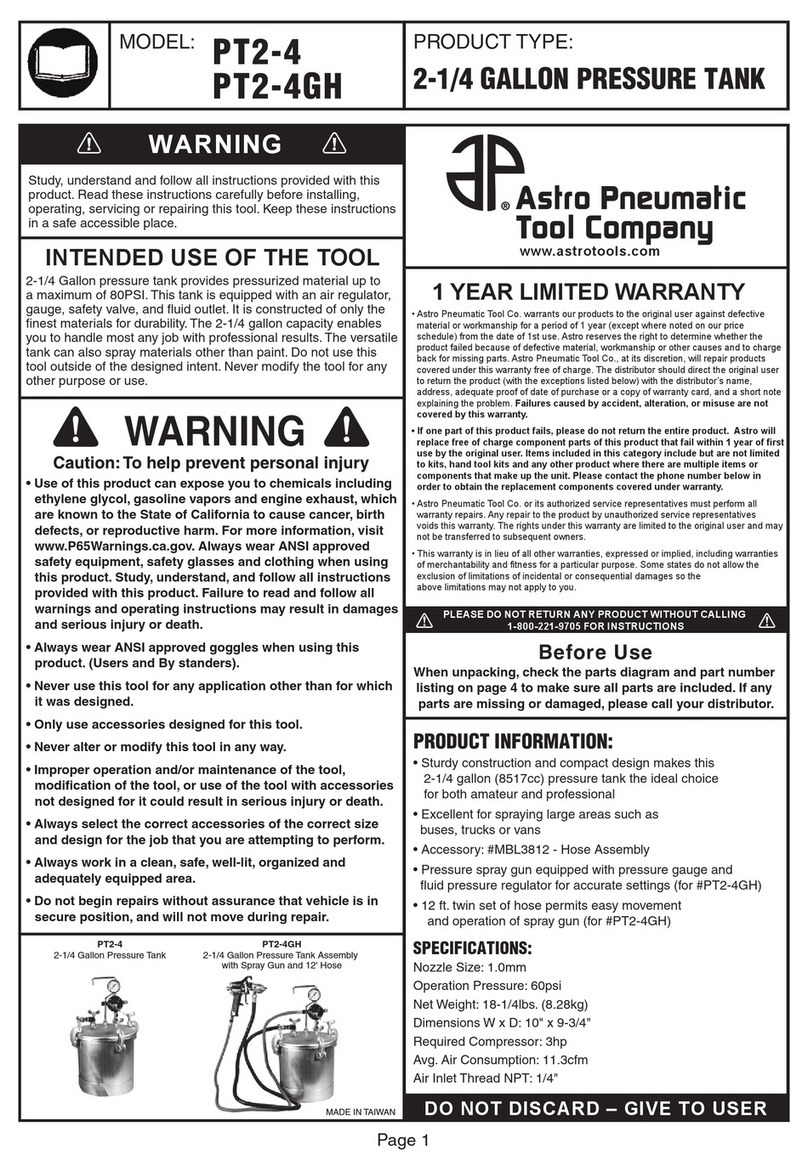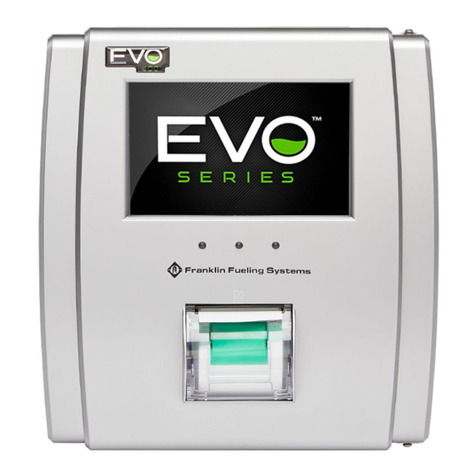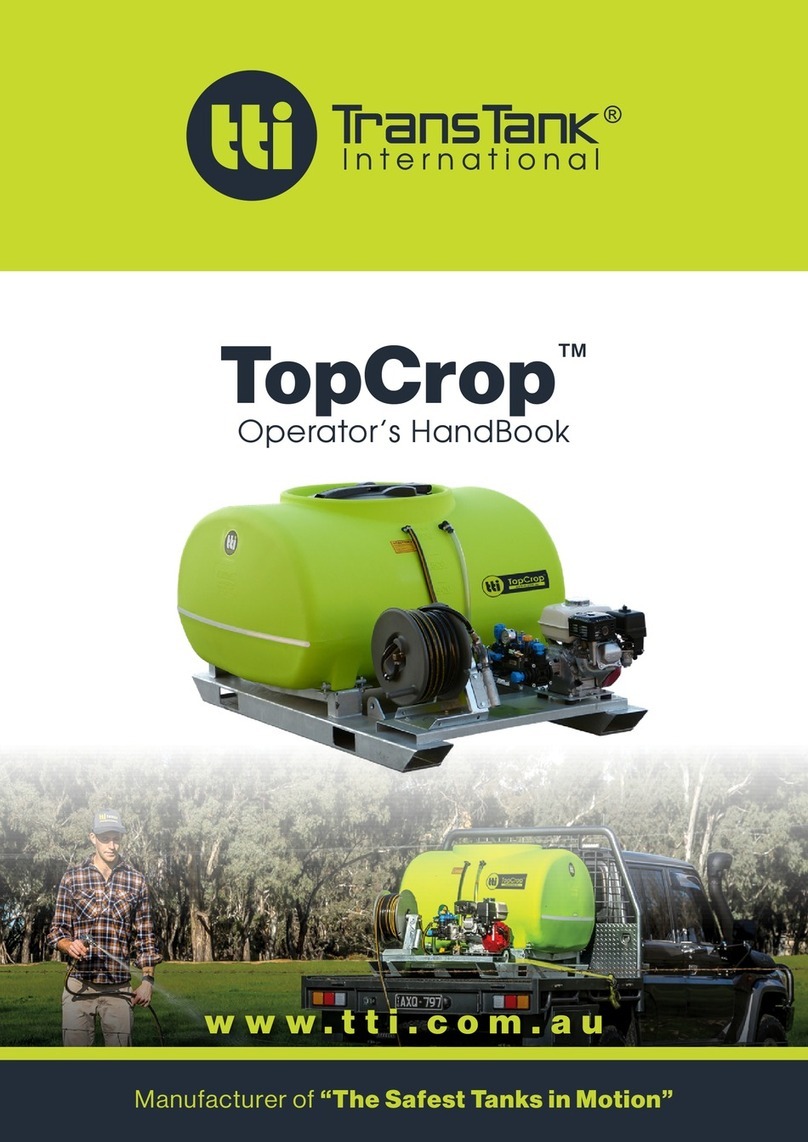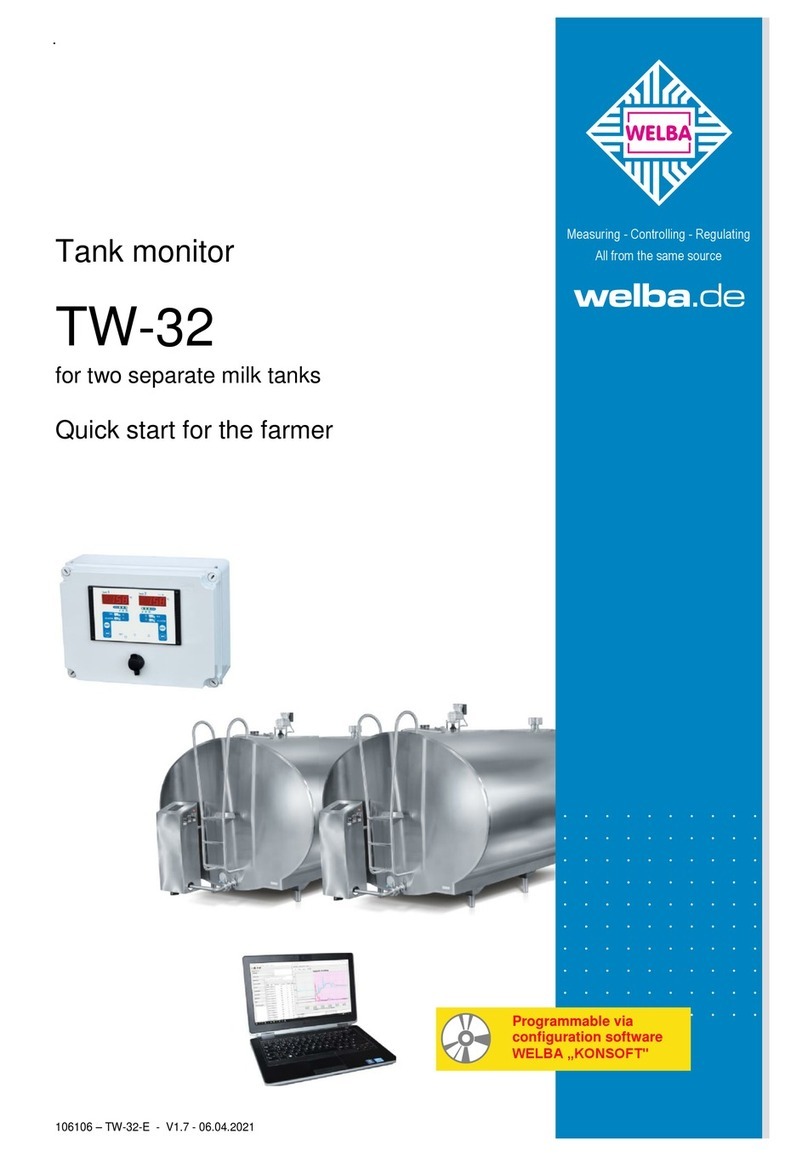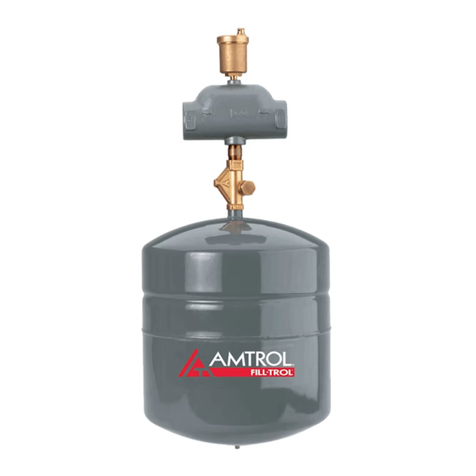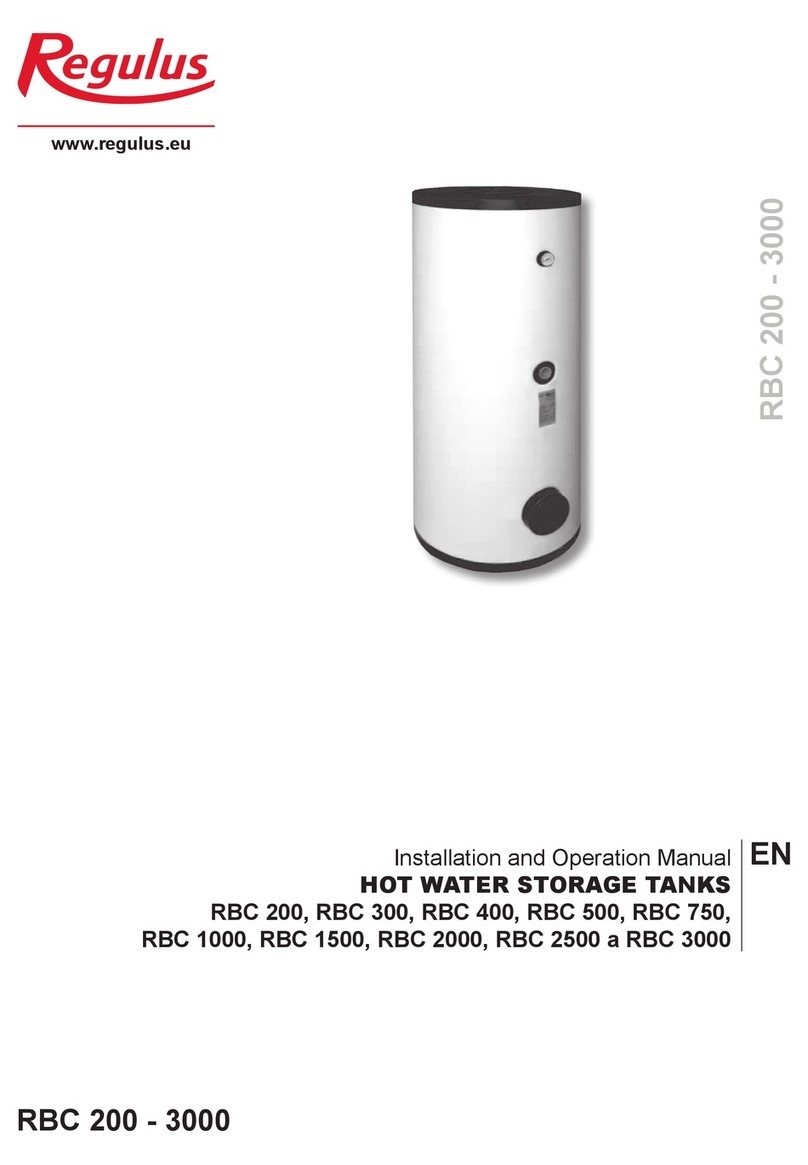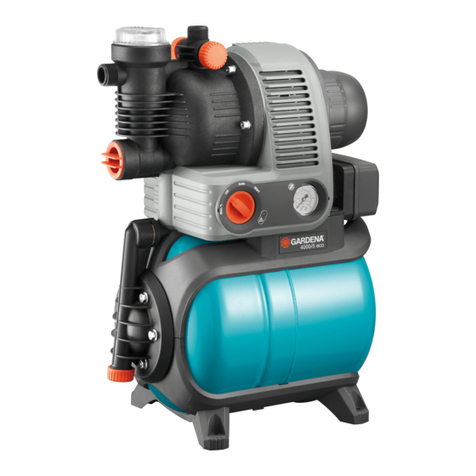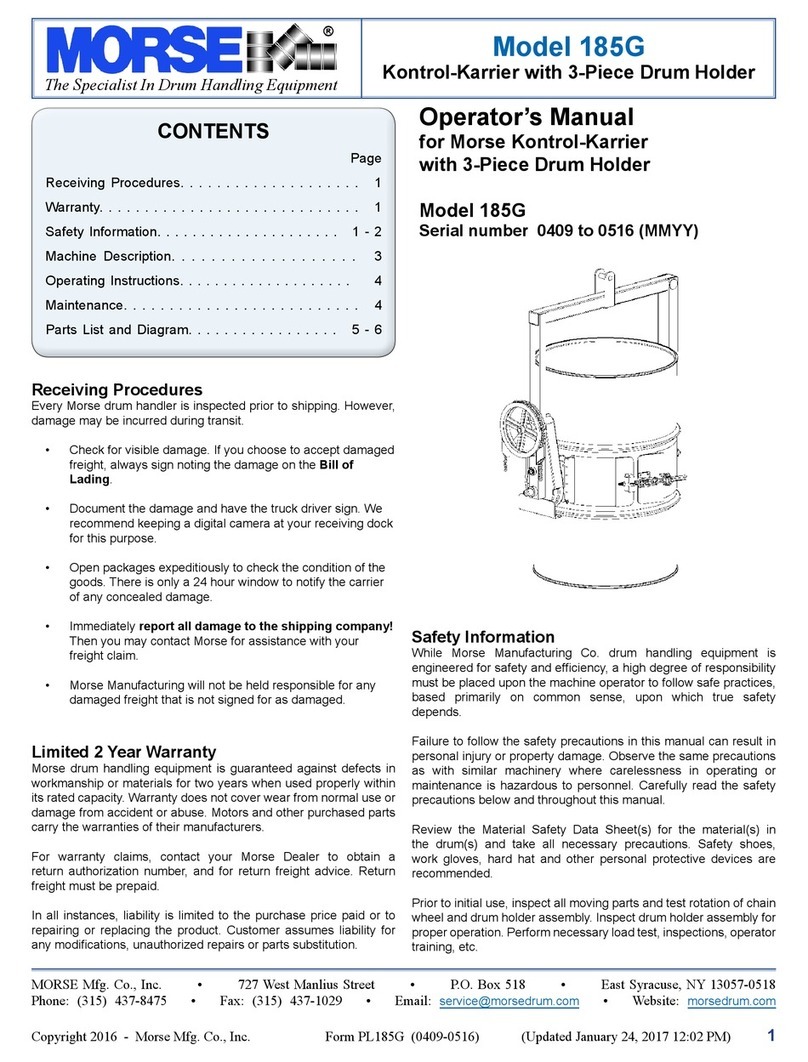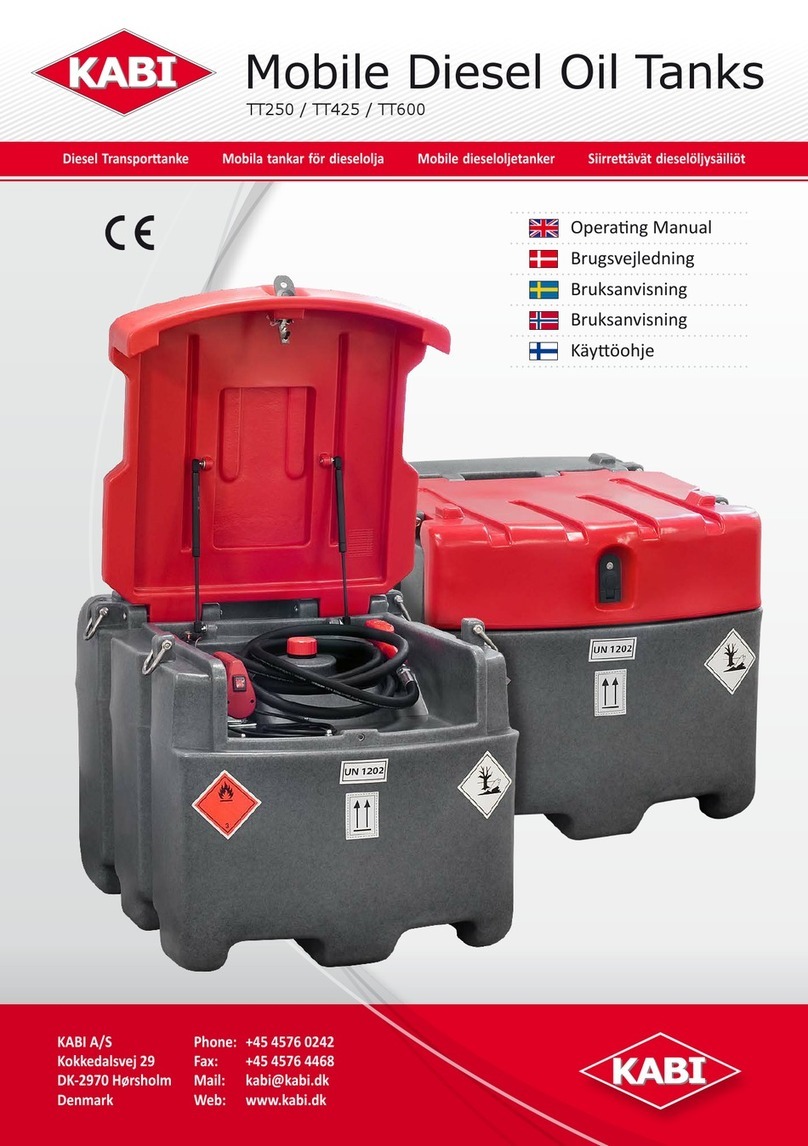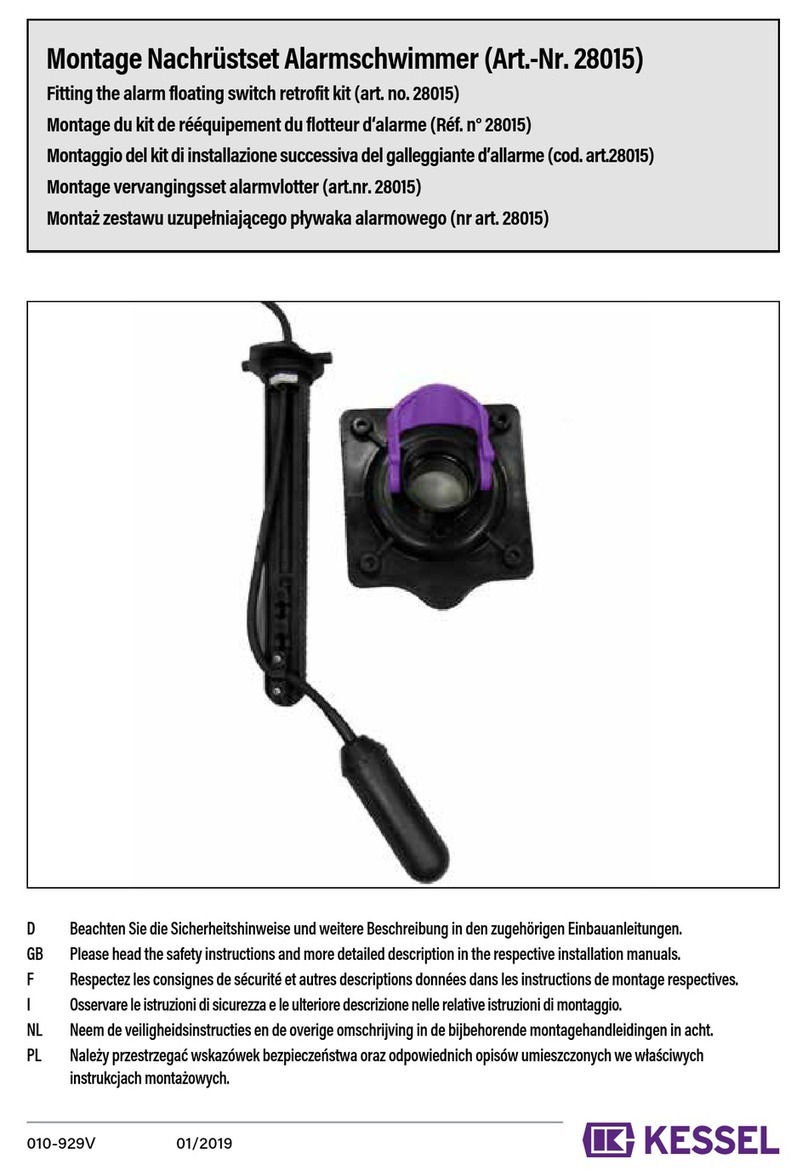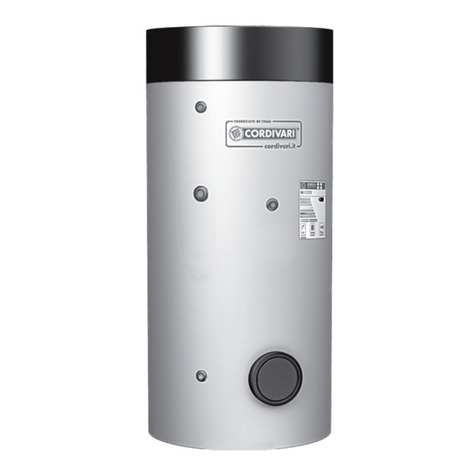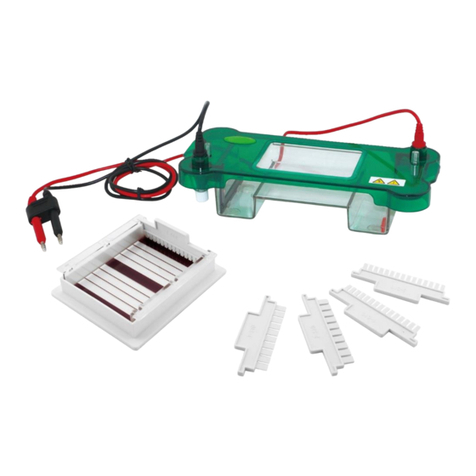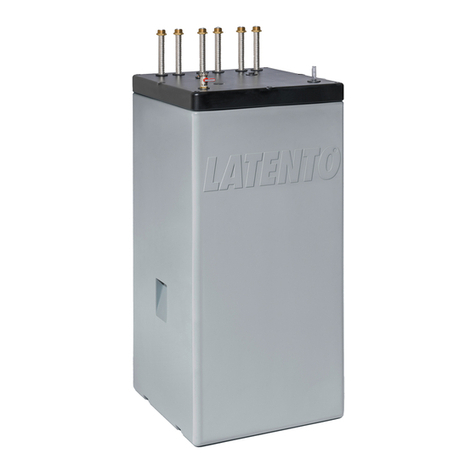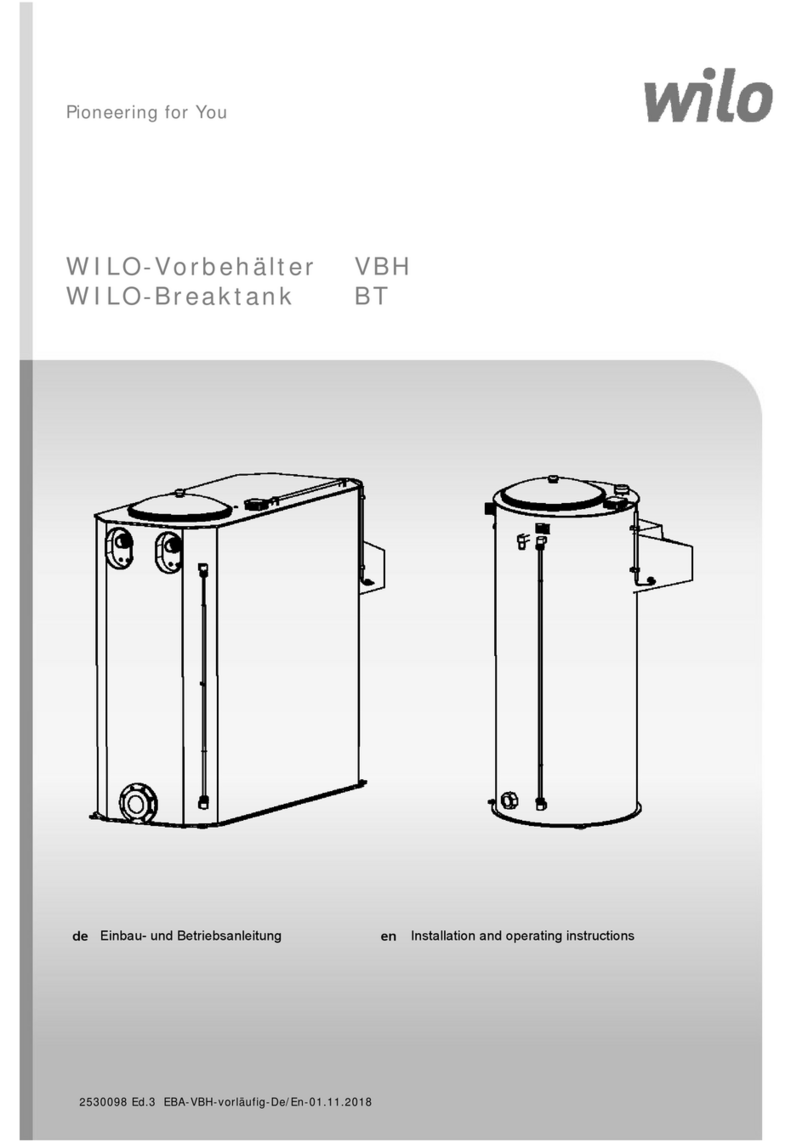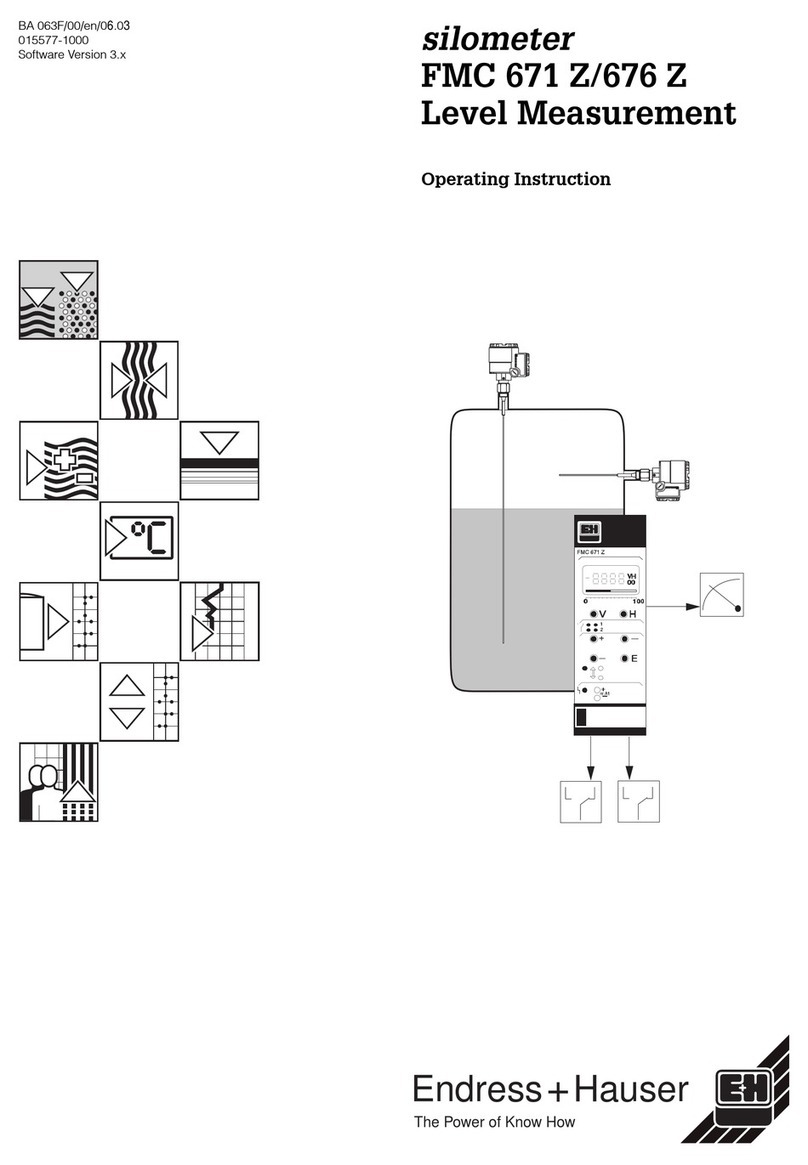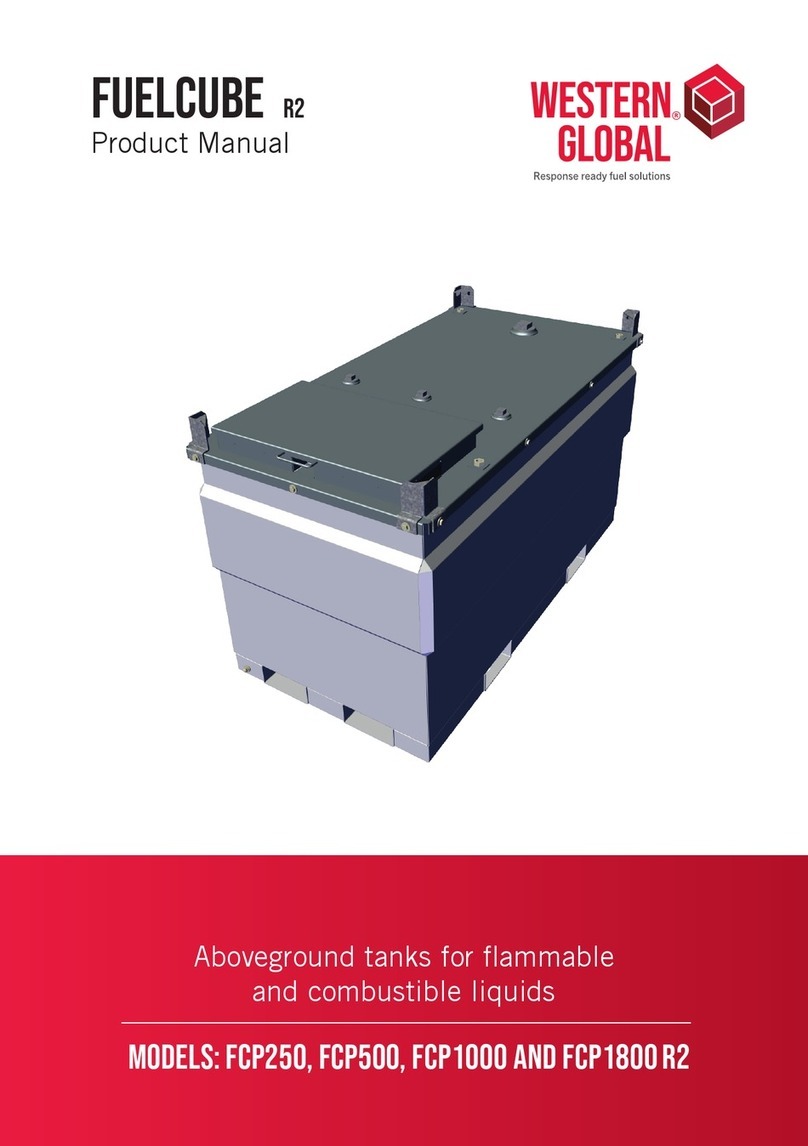
KIESELMANN GmbH Table of contents
6180_TDAM_Standard_EN 3
Table of contents
1 General informations ....................................................................................................................................................4
1.1 Informations for your safety ...............................................................................................................................................4
1.2 Marking of security instructions.........................................................................................................................................4
1.3 General designated use ......................................................................................................................................................4
1.4 Personnel .............................................................................................................................................................................4
1.5 Modifications, spare parts, accessories ............................................................................................................................5
1.6 General instructions ............................................................................................................................................................5
2 Safety instructions........................................................................................................................................................6
2.1 Intended use ........................................................................................................................................................................6
2.2 General notes.......................................................................................................................................................................6
2.3 General safety instructions.................................................................................................................................................6
3 Delivery, transport and storage .....................................................................................................................................8
3.1 Delivery.................................................................................................................................................................................8
3.2 Transport..............................................................................................................................................................................8
3.3 Storage.................................................................................................................................................................................8
4 Function and operation .................................................................................................................................................9
4.1 Description of function........................................................................................................................................................9
5 Commissioning, service and maintenance ..................................................................................................................10
5.1 Commissioning..................................................................................................................................................................10
5.1.1 Installation instructions....................................................................................................................................... 10
5.1.2 General welding guidelines ................................................................................................................................. 10
5.1.3 ATEX - Guidelines ................................................................................................................................................ 10
5.2 Service................................................................................................................................................................................10
5.3 Cleaning .............................................................................................................................................................................11
6 Technical data ............................................................................................................................................................12
7 Disassembly and assembly .........................................................................................................................................13
7.1 Disassembly.......................................................................................................................................................................13
7.2 Assembly ...........................................................................................................................................................................13
8 Drawings ....................................................................................................................................................................14
9 Appendix ....................................................................................................................................................................15
9.1 Declaration of incorporation.............................................................................................................................................15
